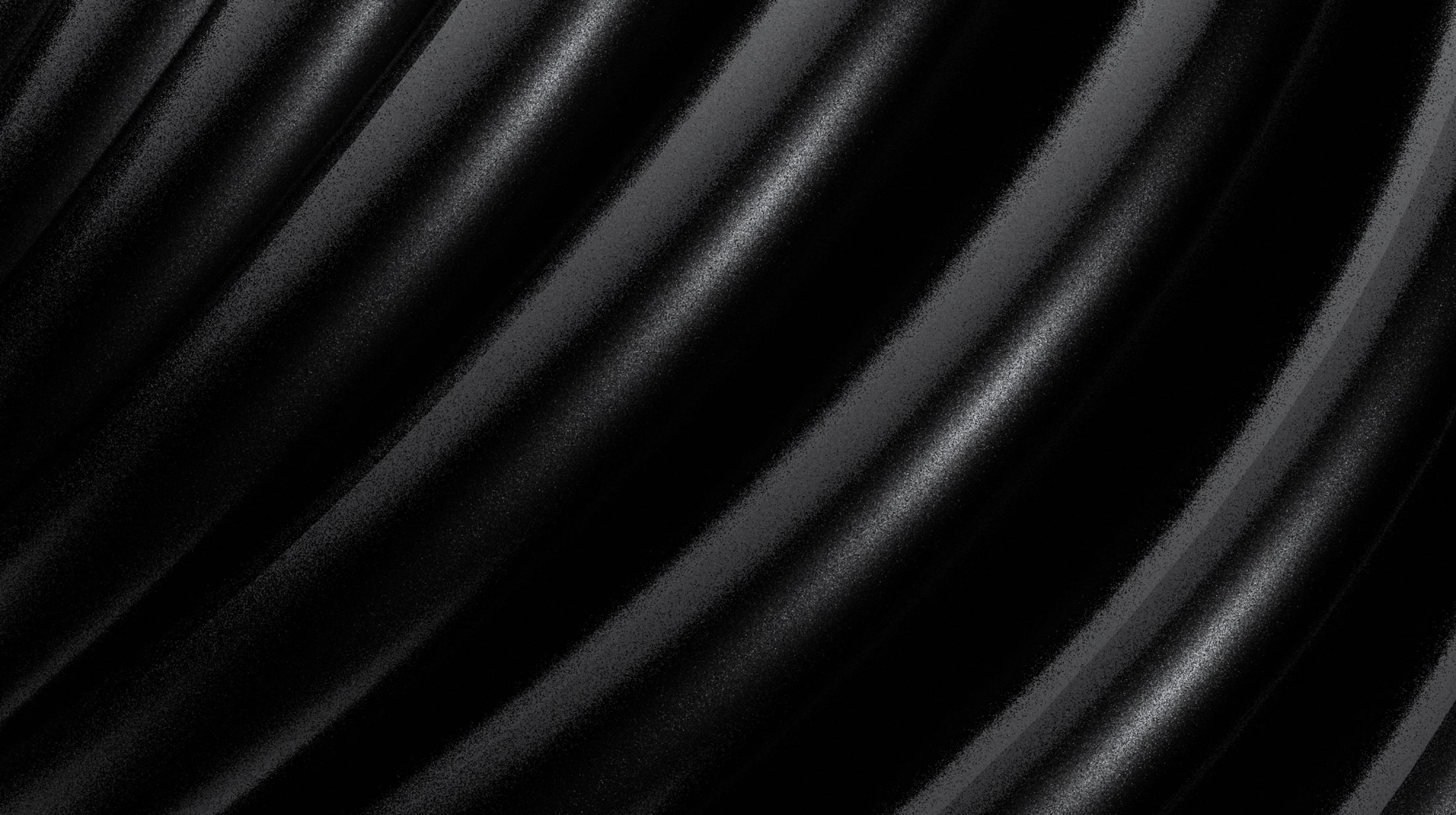



Radiofrequency (RF) skin treatments are having a moment right now. If you've spent any time on social media or visited a med spa recently, you've probably heard of Morpheus8. It's often sold as an easy way to tighten your face, smooth your skin, and get a younger look with no surgery required. Sounds pretty great, right?
But Dr. Athré has some serious concerns about how these RF treatments actually work. And once you understand a few key things about how the face is built and how it ages, those concerns start to make a lot of sense.
Our faces aren’t random. They’re made of distinct layers, and over time, each layer ages in a specific way. On top, you’ve got the skin (the part you see). Just under that is a thin layer of fat. That fat is what gives your face softness and natural volume. Below the fat is a muscle layer, and even deeper than that are the ligaments and bones that give structure to everything above.
As we age, three main things happen:
The result is that everything starts to slide downward, except in certain spots where the tissue is still tightly “anchored” to the bone. That’s how we end up with jowls, under-eye hollows, and deep smile lines.
The key thing to know here? Real facial aging isn’t just about the skin; it’s about what’s happening under the skin.
Morpheus8 is a combo of microneedling and radiofrequency (RF) energy. When used together, they’re meant to boost collagen and tighten tissue. In theory, that sounds great. But what’s really happening under the surface is a different story.
Microneedling by itself can be helpful. It uses tiny needles to make little injuries in the top layers of the skin, which can trigger some healing and mild collagen production. Think of it like poking holes in your lawn to help it absorb nutrients better.
The real issue comes from the radiofrequency part. Morpheus8 delivers heat about 4 millimeters deep. That means it goes through the skin and into the fat layer but doesn’t go deep enough to reach the muscle or the facial ligaments—the structures responsible for sagging.
So, instead of helping with real lifting, Morpheus8 ends up doing something else entirely:
In short, it’s affecting the wrong layers.
You might be thinking, “So what if it melts a little fat? Isn’t that what we want?” Maybe for your stomach or thighs, sure. But your face is different. Facial fat is part of what makes you look youthful, rested, and healthy. When you lose it, especially in the cheeks or around the eyes, you start to look hollow or tired, even if your skin is technically tighter.
And the scar tissue? That becomes a problem later. If you ever decide to get a facelift down the road, your surgeon has to work through that layer of scarring. That makes the surgery harder, messier, and, in some cases, less effective. Dr. Athré has seen it first-hand. He’s noticed that faces treated with Morpheus8 tend to be harder to operate on, bleed more during surgery, and often have weaker tissue that doesn’t hold up as well when it’s lifted.
So while it might seem like you're getting a shortcut to a younger look, you're actually damaging the very structures your face needs to age gracefully.
Here’s what Dr. Athré has seen in real patients who’ve had energy-based treatments like Morpheus8:
Most importantly, these treatments don’t actually address the root causes of facial aging. They don’t lift the muscle or release the ligaments, which is what’s really needed to get long-term, natural-looking results.
It depends on your goals.
If you’re hoping for major lifting and long-term facial rejuvenation, Morpheus8 and other RF treatments won’t get you there. In fact, they may get in the way by damaging the very structures your face needs to age well.
If your goal is tighter, fresher skin, you're not out of luck. There are safer options that don’t mess with your facial volume or make future procedures more complicated.
Here are a few solid choices that Dr. Athré actually recommends:
And of course, when you’re really ready to reverse sagging, a properly done facelift (like Dr. Athré’s 4D Lift) can reposition the deeper layers of your face, not just tighten the surface.
If you’ve already had a treatment and haven’t noticed any fat loss or side effects, that’s good news. But that doesn’t mean there hasn’t been damage. The effects of RF treatments, especially repeated ones, can sneak up on you. Scar tissue, melted fat, and thinner tissue don’t always show up right away, but they can create real problems later on.
If you're just starting to consider skin tightening, take a step back and look at the big picture. Is it really worth risking your long-term results for a short-term glow?
At Athré Facial Plastics, our priority is helping you get results that last and that look like you. There is no melting fat and no scar tissue, just thoughtful, expert care tailored to your face.